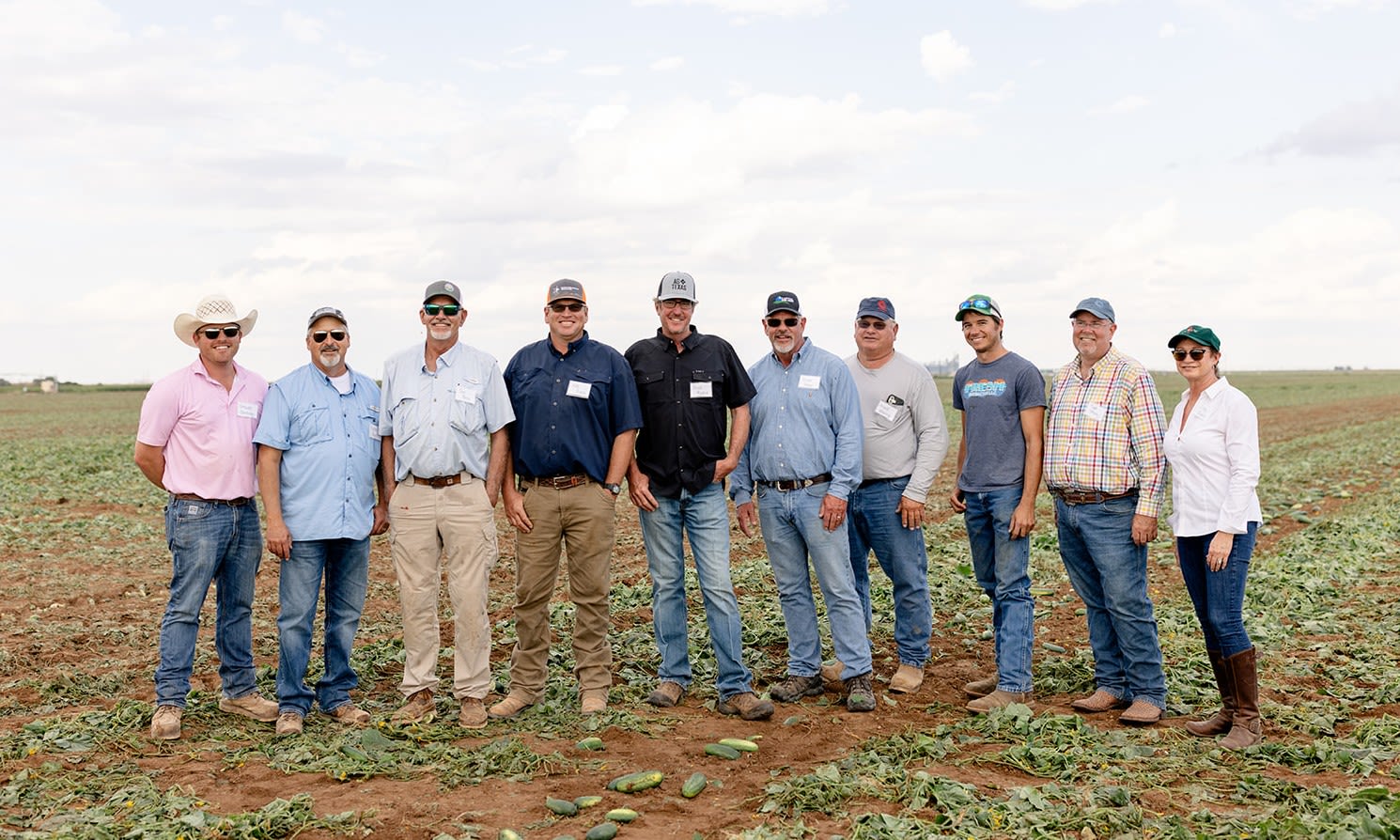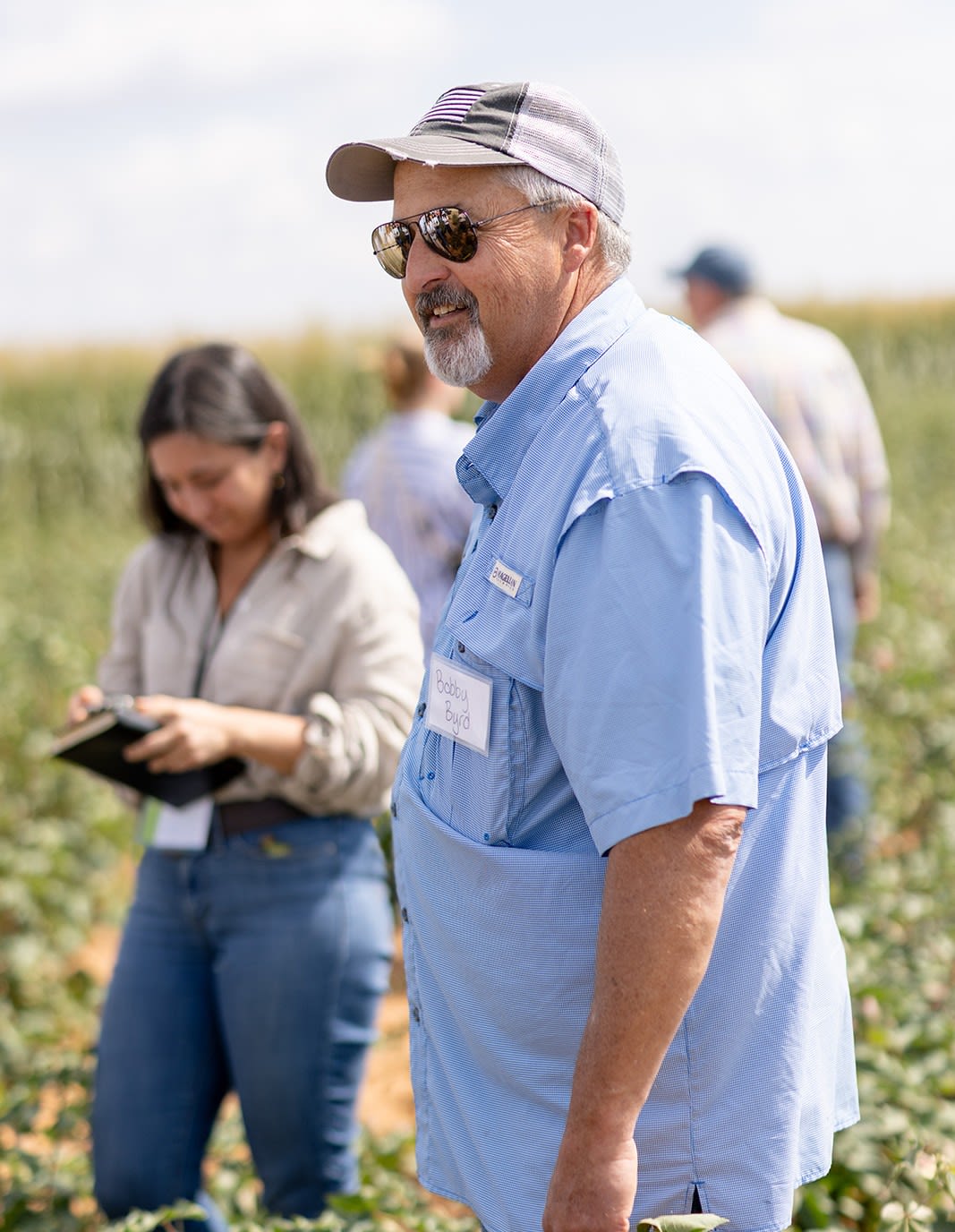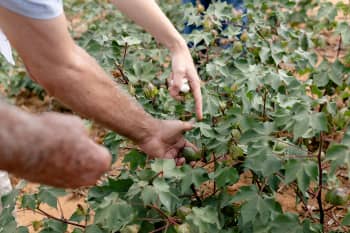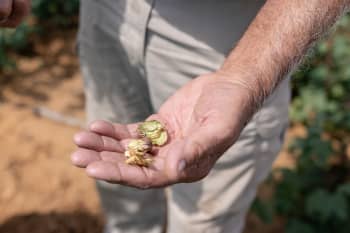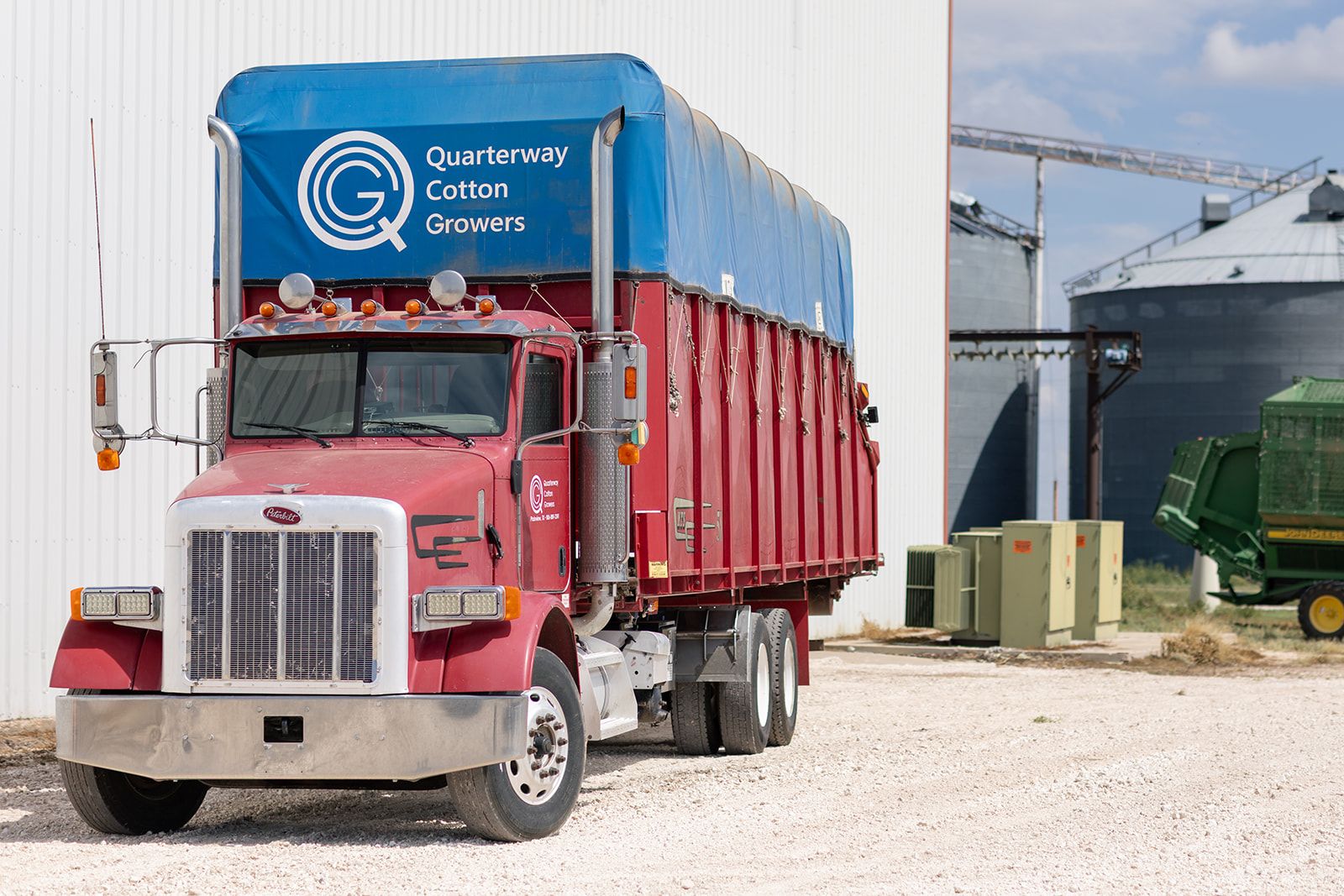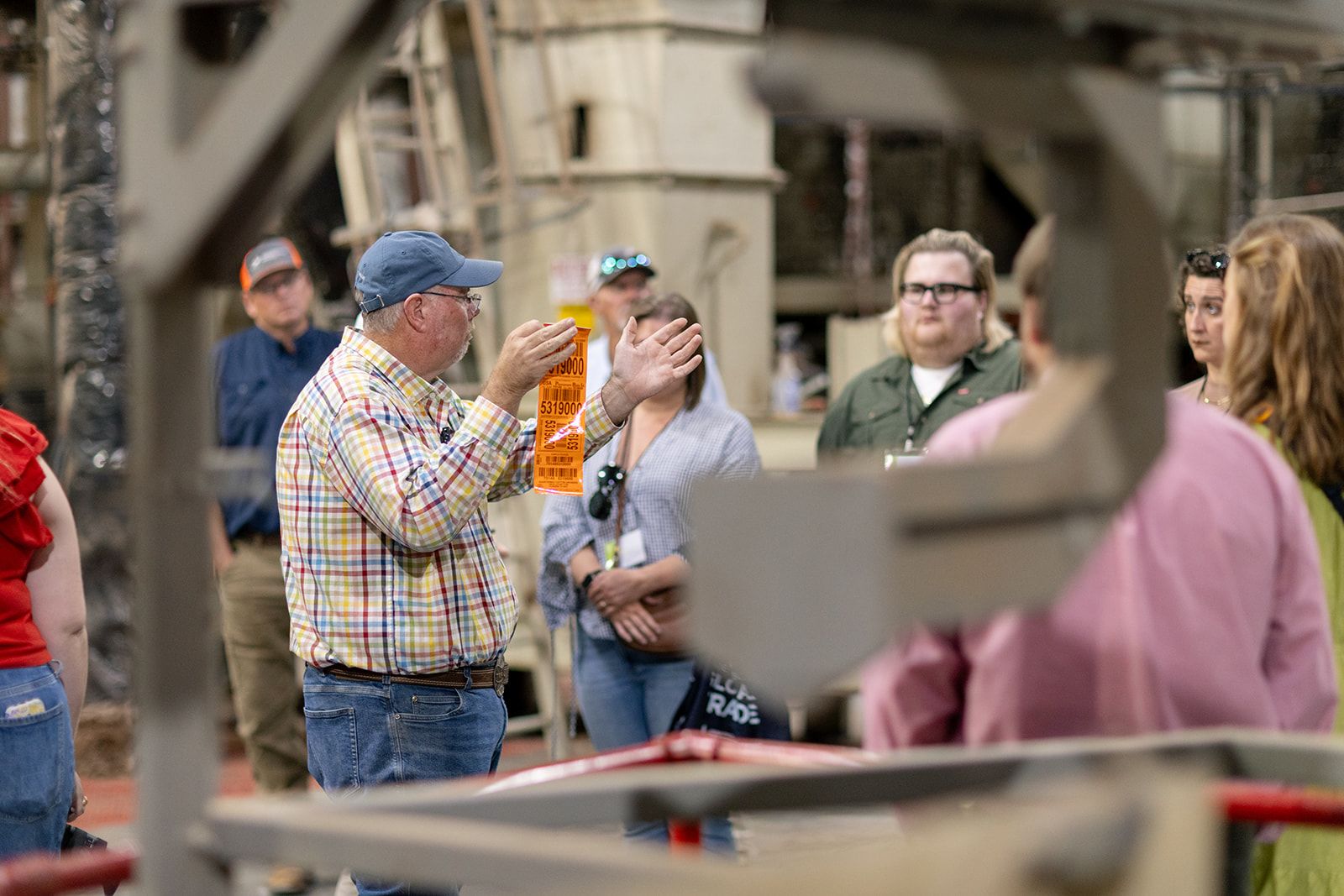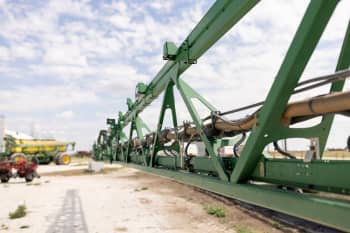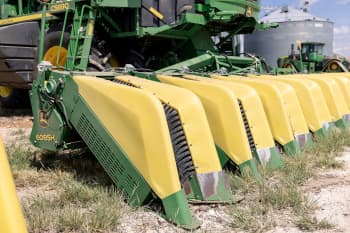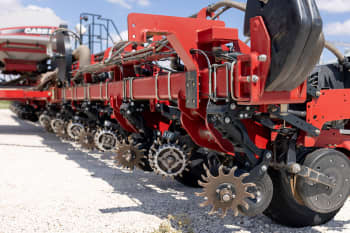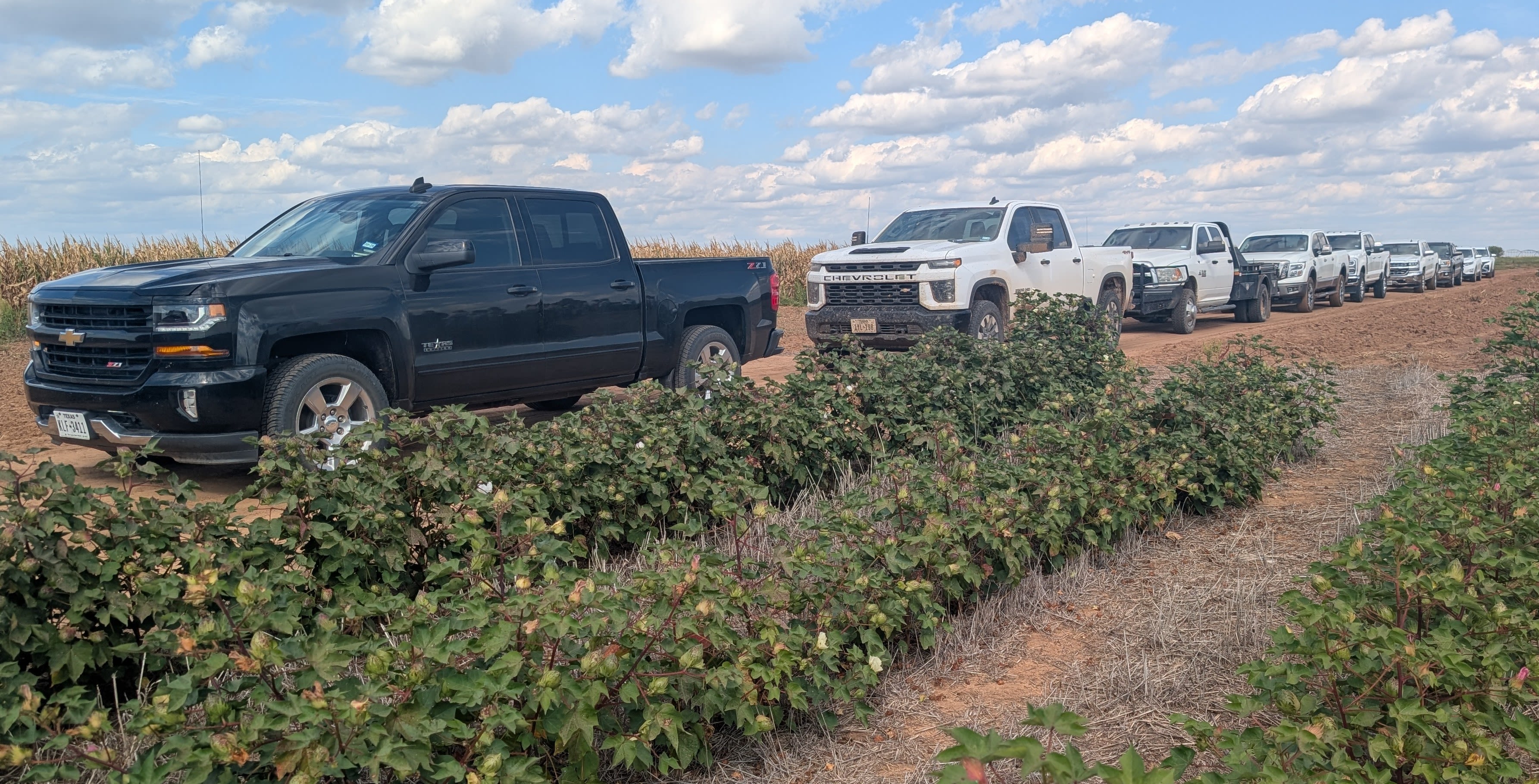US Cotton Connections 2025
"We're not here to paint a picture for you that has no depth to it."
- Bobby Byrd, Quarterway Cotton Growers
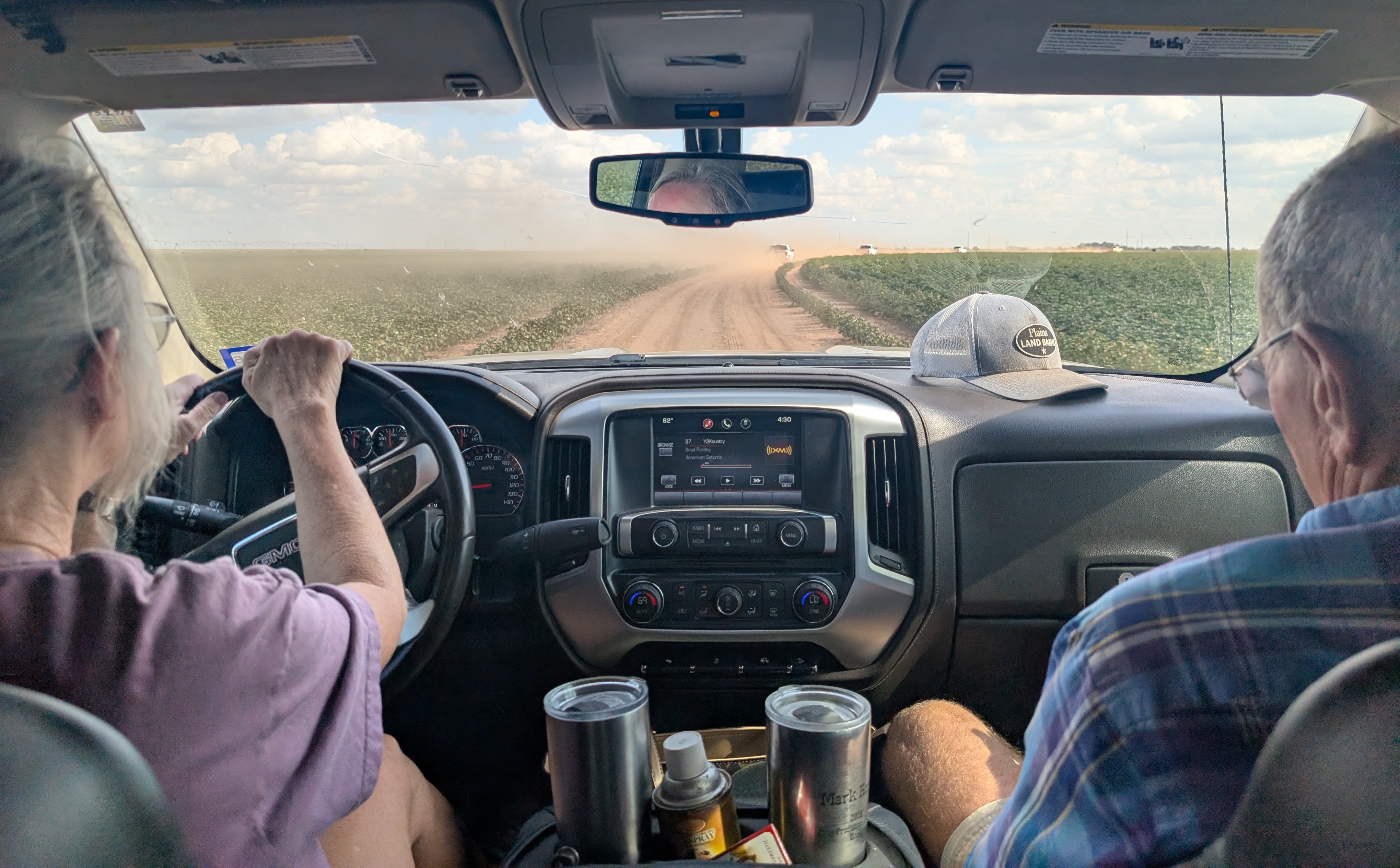
By Bec Sloane, US Communications Coordinator
It never fails: something transformative occurs when folks gather in a field and listen to a farmer speak. Here in the United States, we've seen it happen out in the cotton fields of West Texas for three years now, as we gather stakeholders from across the supply chain to hear what a handful of dedicated US growers have to say about the crop, the industry and the future of farming fiber.
US Cotton Connections is the Better Cotton Initiative's two-day field event, cohosted with long-time Program Partner, Quarterway Cotton Growers. It takes place just ahead of harvest season in Lubbock and Plainview, Texas, a semi-arid region of the Cotton Belt unique in its diversity of cropping systems. Made possible through collaboration with BCI Group Manager and Quarterway's tireless gin CEO, Todd Straley - a cotton farmer himself - the event invites retail and brand representatives, merchants, sustainability professionals and other stakeholders to learn firsthand what it takes to produce cotton responsibly at a large scale.
Key Takeaways from our 2025 Event:
• "Two and two is never four; sometimes it's eight, sometimes it's negative 12." - Todd conveyed the lack of certainty met by farmers everywhere facing variables outside of their control despite intentional planning and calculation, including risks taken while participating in experimental field trials.
• "We're not here to paint a picture for you that has no depth to it." - Discussions went beyond environmental sustainability, placing equal - if not greater - emphasis on sustaining cotton production economically. Bobby Byrd and fellow growers relayed the impact of cotton's success and failure on communities, families and the farmers themselves.
• “You taught us that we need to communicate about our work [...] We are learning from each other.” - Acknowledging our attendees, farmer Donald Ebeling encouraged the group to continue bridging awareness gaps and rallying behind cotton to support farmer livelihoods, promote best practices and secure a market for natural fibers in an age of synthetics.
Quarterway farmer Bobby Byrd in the field. Photo credit: Katrina McArdle Photography | BCI, 2025
Quarterway farmer Bobby Byrd in the field. Photo credit: Katrina McArdle Photography | BCI, 2025
"When I look at regenerative cotton, I ask: how do you tell a personal story to somebody who's buying a product in a way that they understand there's value in what you're selling? It's hard to just put on a piece of paper.
“Get to know us [farmers] as individuals, personally, and we'll tell you what's going on.”
Classing Cotton
This year, BCI's US Program team and colleagues were joined by representatives from Delta Galil, ECOM, Farm Journal, J.Crew Group, Plains Cotton Growers, Plains Cotton Cooperative Association, U.S. Cotton Trust Protocol and others.
Our first stop was to a USDA cotton classing office - a pioneer in cotton classification - for a behind-the-scenes look at how cotton is graded. In addition to the impressive thoroughness of the process, we learned of the hurdles encountered throughout processing, including the impact of a changing climate on micronaire quality. An early freeze just before harvest could keep cotton from fully maturing, creating 'unclean' or leafy fibers.
It was also pointed out that despite the myriad advantages of new technology integrated into equipment such as a baler harvester, there were back-end challenges to consider as well. For instance, more plastic contamination is being seen from bale wraps than with modules.
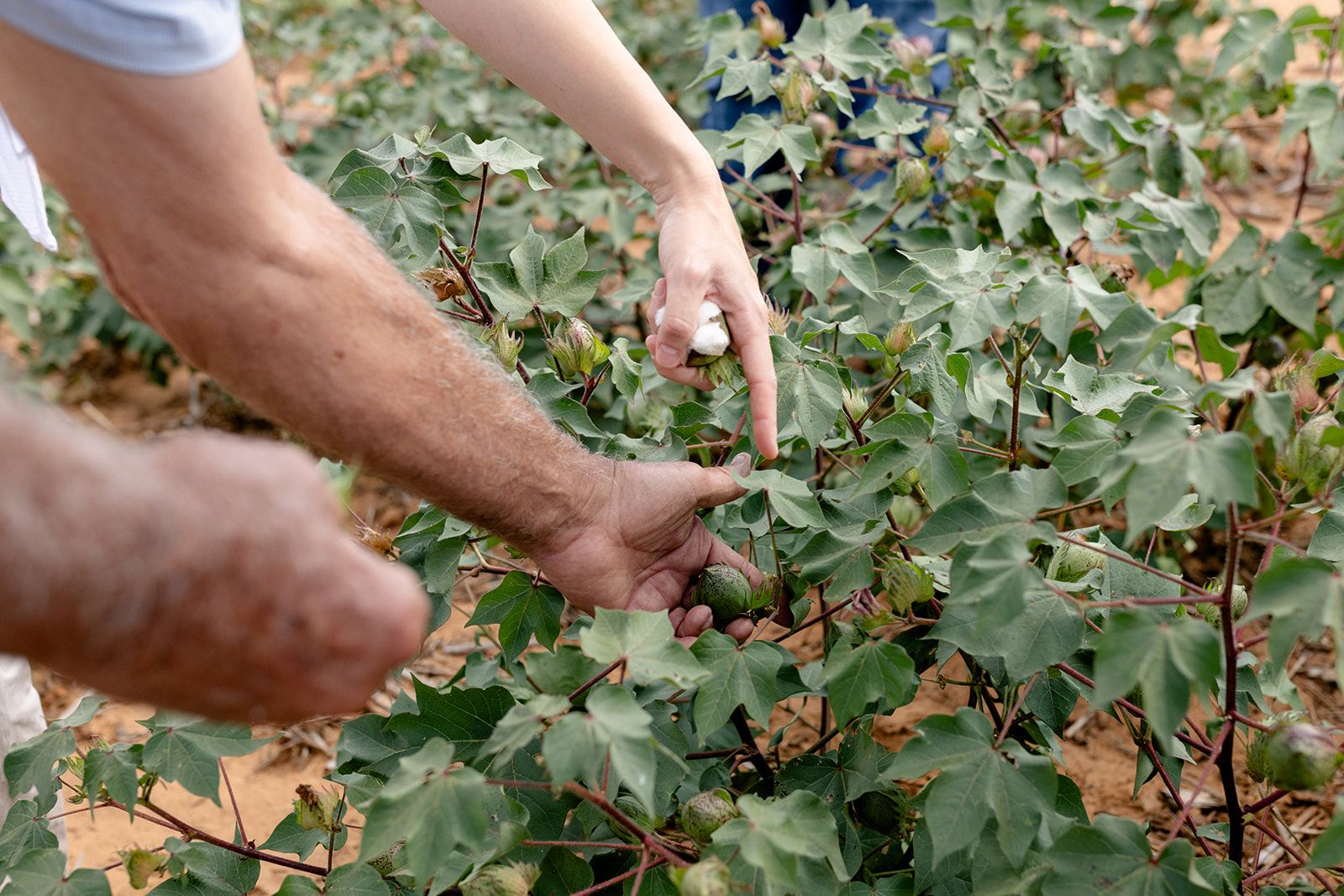
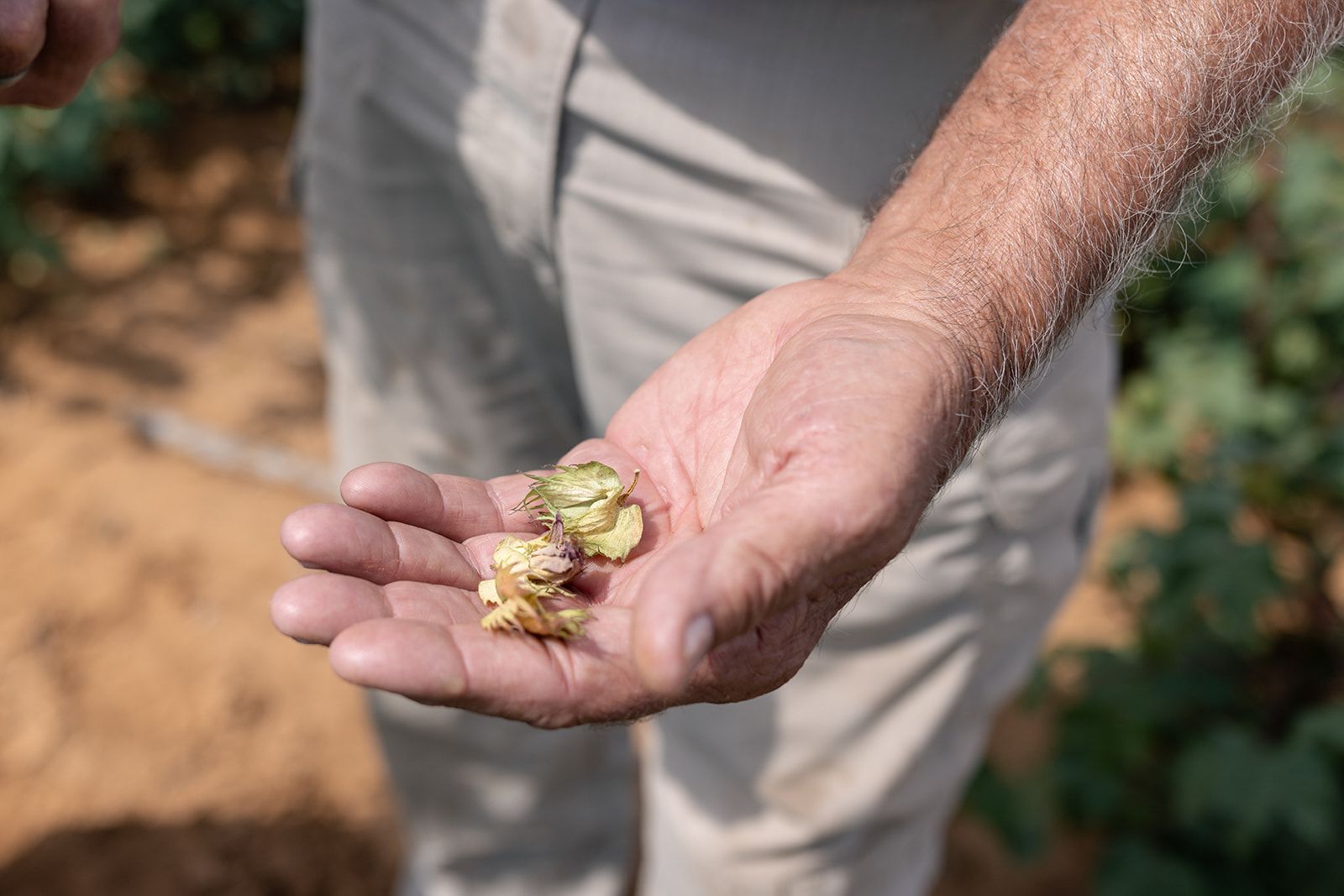
The Life of a Gin
We then set out for a tour of the gin led by Todd, who demonstrated not only how the gin operates but the extra steps taken to run it efficiently, minimizing its footprint. Since purchasing the gin in 2017, Todd and his team have assessed what equipment was necessary and where operational improvements could be made, leading to a reduction of 750 horsepower generated by the gin.
He also had us consider processes such as ginning organic or non BCI/certified cotton, wherein the entire gin has to be cleansed to avoid contamination.
Photo credit: Katrina McArdle Photography | BCI, 2025
Photo credit: Katrina McArdle Photography | BCI, 2025
Photo credit: Katrina McArdle Photography | BCI, 2025
Photo credit: Katrina McArdle Photography | BCI, 2025
"We’re the lifeblood of rural America, small-town USA."
Todd noted that the gin and local cotton production contribute significantly to their community, and how their ability to remain productive has an impact on local businesses, hospitals and school districts. He spoke of farmers’ mental health amid failures brought on by economic hardship, as many take ownership for what becomes of the legacies built by generations before them.
“To be the guy that screwed up something that grandpa put together – well, that weighs on you pretty hard. It weighs on you pretty hard.”
Driven by Innovation
Just outside, the Quarterway farmers took turns introducing the imposing yet impressive equipment employed at each stage of producing cotton at large scale, from planting to baling. They walked us through the advanced technology and innovation baked into each, from using drones for more precise input application to installing cameras that can differentiate between weeds and cotton, thus minimizing chemical usage. We were shown how a no-till air seeder allows the farmer to plant a seed and apply an in-furrow fertilizer with fewer passes through the field, thereby reducing emissions, costs and soil disturbance.
But the equipment tour was more than a show-and-tell of the latest tech. This machinery is used in tandem with regenerative practices like cover cropping and integrated grazing, as farmers work to address soil health, biodiversity, water use efficiency and reduction in both emissions and chemical usage.
“If we don’t protect our soil, then we’re already broke.”
Quarterway farmer Steven Ebeling likened the importance of maintaining soil health with eating right to promote gut health, describing the soil as the "stomach of the plant". Once the cotton comes out, he keeps living roots in the field at all times, whether it be a crop of wheat, rye or triticale.
The True Costs
Throughout the tour, economic sustainability was emphasized as equally important to environmental sustainability, and the farmers spoke to the impact of rising input costs alongside a price of cotton equal to what it was in previous generations.
“It’s only sustainable if we make money and can afford to do it next year. If not, it’s just something we did once and we all went broke," Steven explained, "So, everything in the chain has to make money for anything to be sustainable.”
He and the others all feel the pressure of having to keep up with technology, and have the most efficient means of planting and harvesting a quality crop. What many fail to realize is that the million-dollar equipment needed to operate on this scale is not something that can be shared among growers; it is needed for a very specific period of time - only weeks out of the year - and so each farmer needs it at that exact time.
A testament to the forward-thinking mentality of the Quarterway growers, each echoed sentiments of needing to keep up with technology or get left behind, including staying up to speed via "YouTube university" and other means of self-education. "You need to go and find your answers."
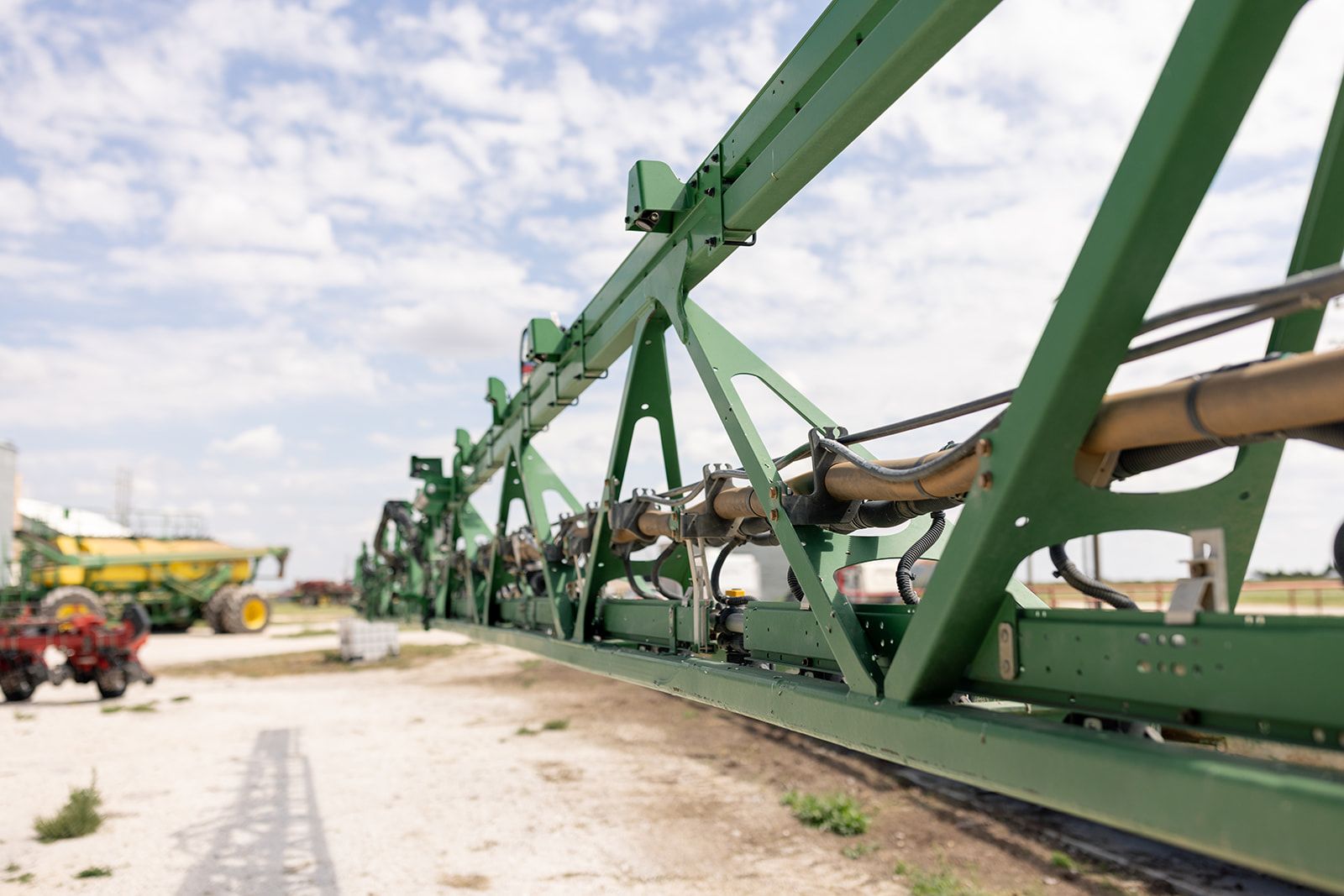
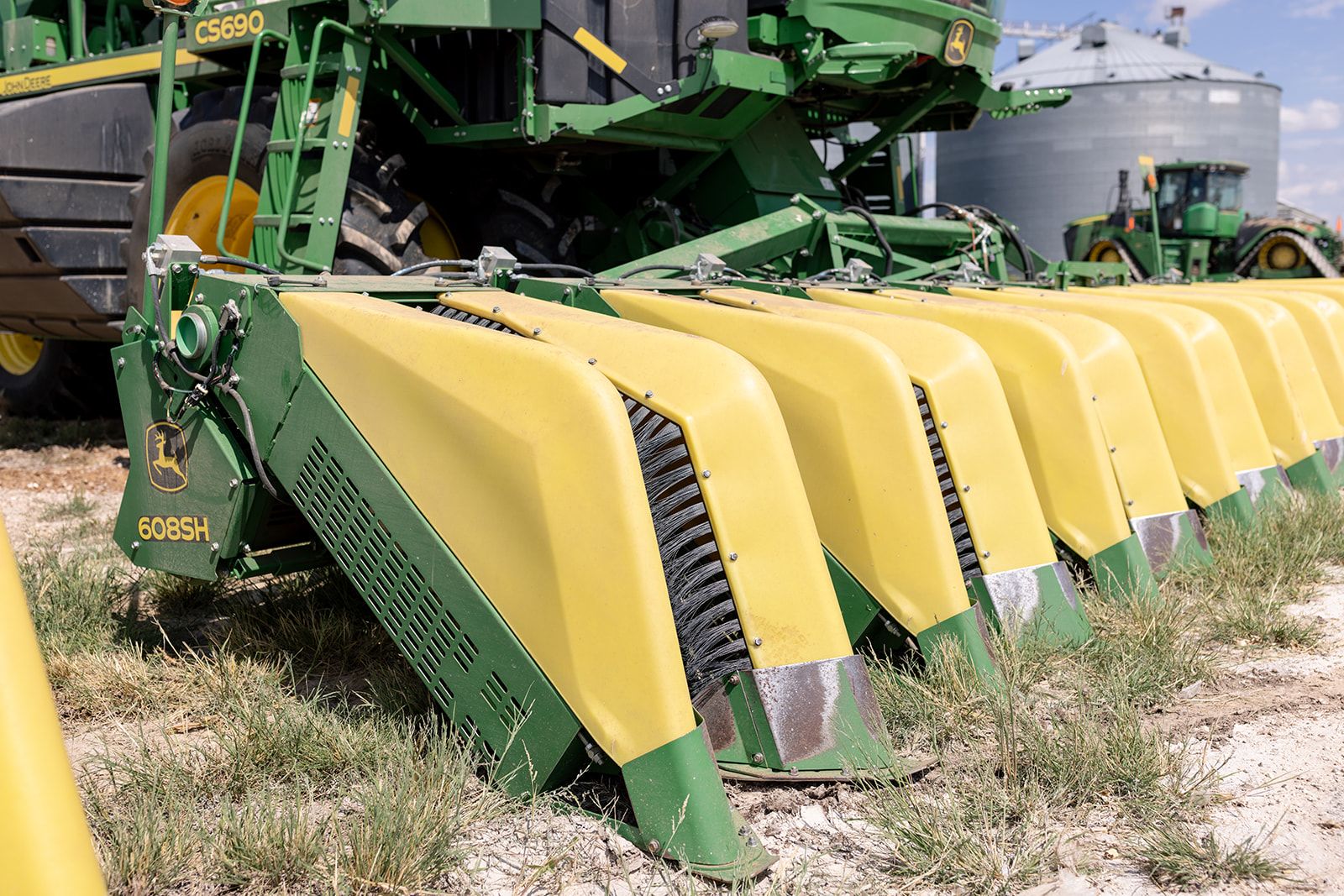
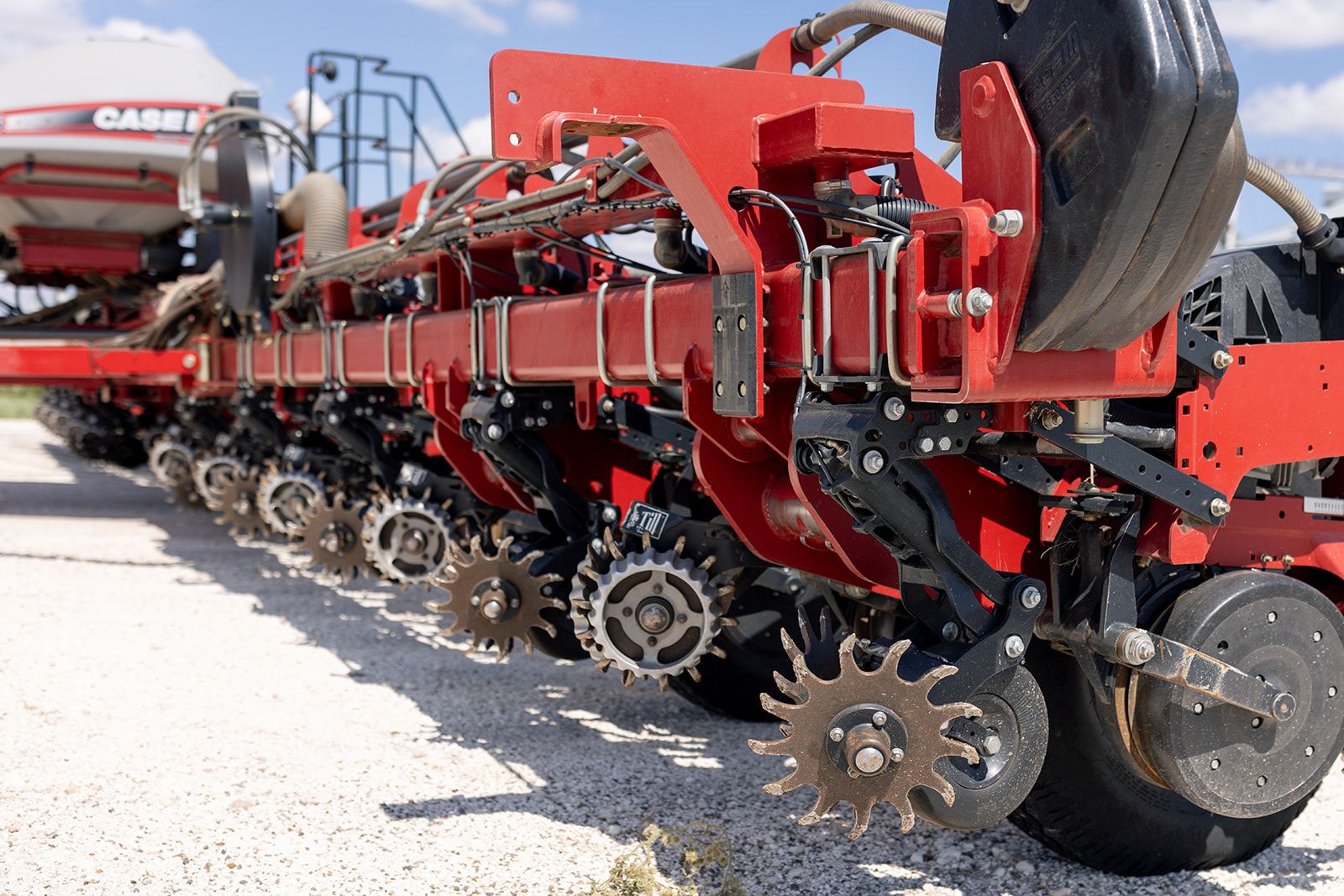
Truck Talks & Forays into the Field
For the final leg of the tour, the group split up and into a caravan of personal trucks driven by the Quarterway farmers, who continued the conversation on the road. Always a memorable highlight of this field event, these moments offer a rare opportunity for both farmers and participants to share personal thoughts, ask the hard questions and form meaningful connections.
We were led, of course, through cotton fields but also got a look at cover crops and fields planted in rotation, including rye, sorghum, corn and sunflowers (for seed).
Farmer Brad Martin shared his experience working with a company called MyLand, focused on soil fertility and increasing microorganisms through the integration of microalgae products into the farm's irrigation system. The first year of the trial has had its challenges though, and Brad noted that while farmers like himself are open to innovation, experimentation always comes with a degree of risk.
Photo credit: Bec Sloane | BCI, 2025
Photo credit: Bec Sloane | BCI, 2025
"We’ve learned a long time ago that if you take care of what is below the ground, you take care of what is above the ground."
Steve Olson, Quarterway farmer
The event concluded the following day with presentations by BCI, ECOM and U.S. Cotton Trust Protocol. CEO of Plains Cotton Growers, Kody Bessent, shared an overview of the pending Buying American Cotton Act of 2025 (BACA), while Todd ended on a note of hope, reinforcing the potential benefits the bill could bring for US cotton production.
"I really appreciated the variety of experiences we had, from visiting the farms to learning about the gin and classing office. What stood out most to me was the time spent connecting with the farmers and their families since those conversations were truly the heart of the experience."
US Cotton Connections 2025 Participant
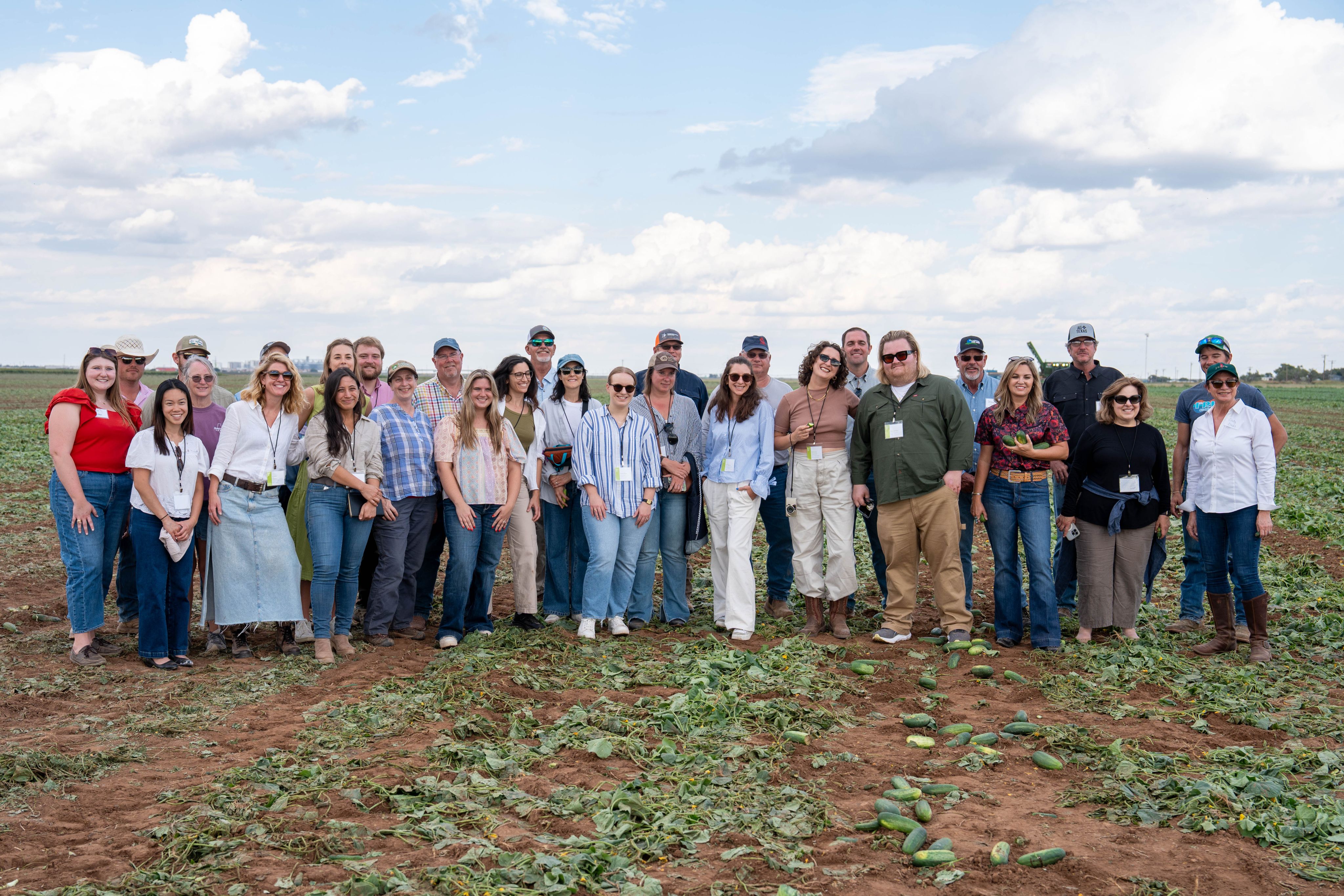
"My conversations with Todd were especially enriching seeing his willingness and interest to invest to implement new technologies while fostering a deeply empathic community of growers.
"Behind every piece of clothing are people that grow, spin, and sew them. We need to invest in strengthening these communities and collaboratively build new tools to increase their connection and equity within the global supply chain."
Bren Bodin, Founder and CEO of FYBRE
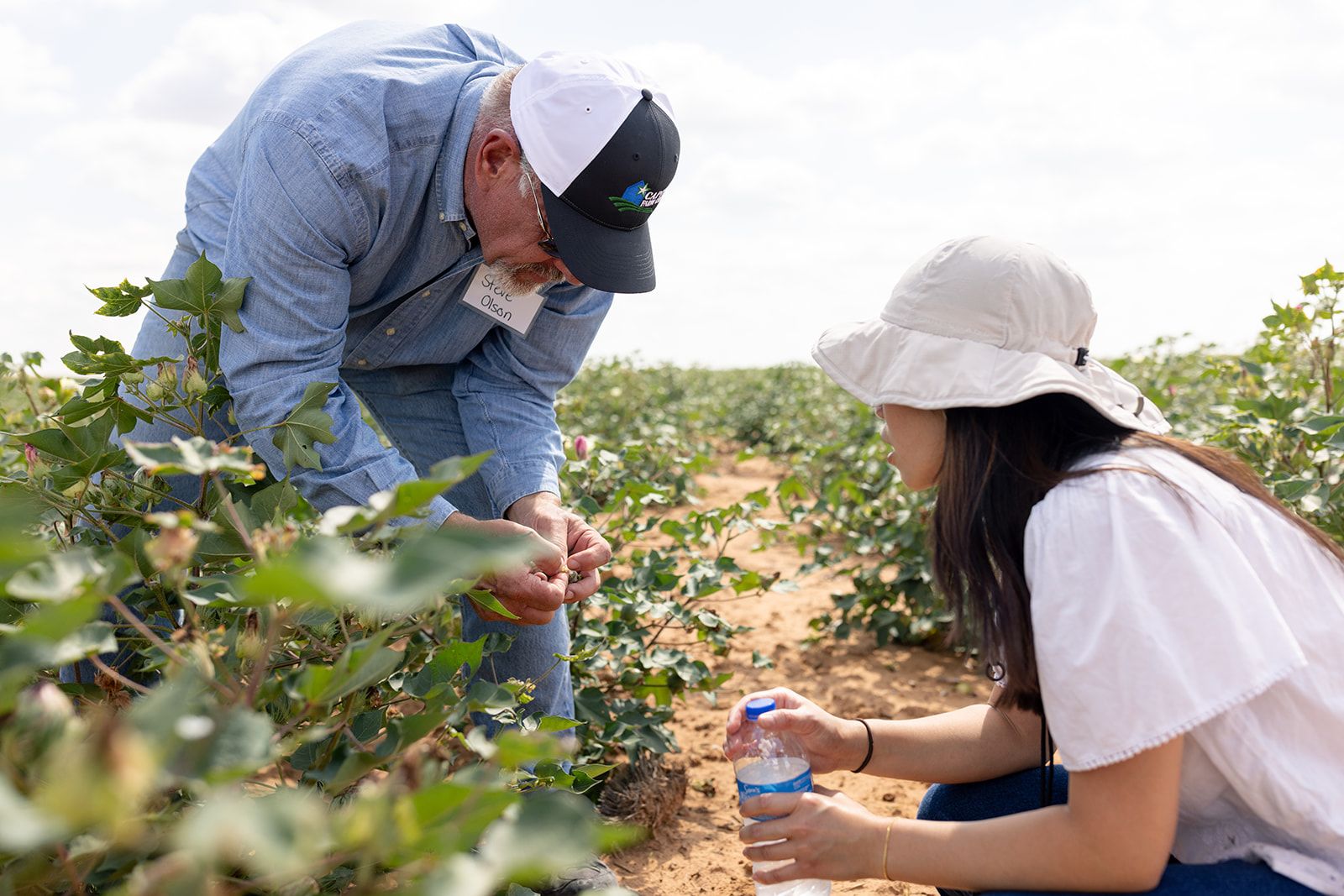
Many thanks to the Quarterway team for making this event possible. And a special thanks to the farmers who stepped away from their fields to share their wisdom and experience with us all.
Till next year!
